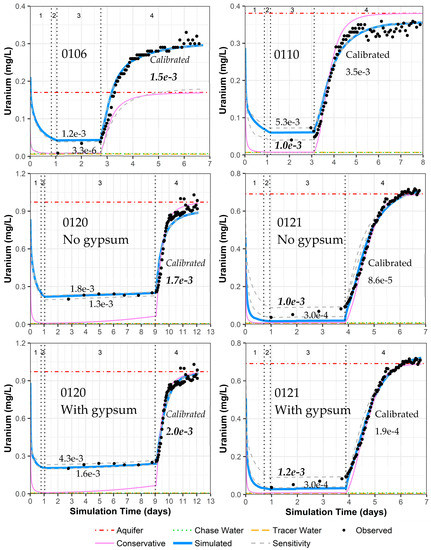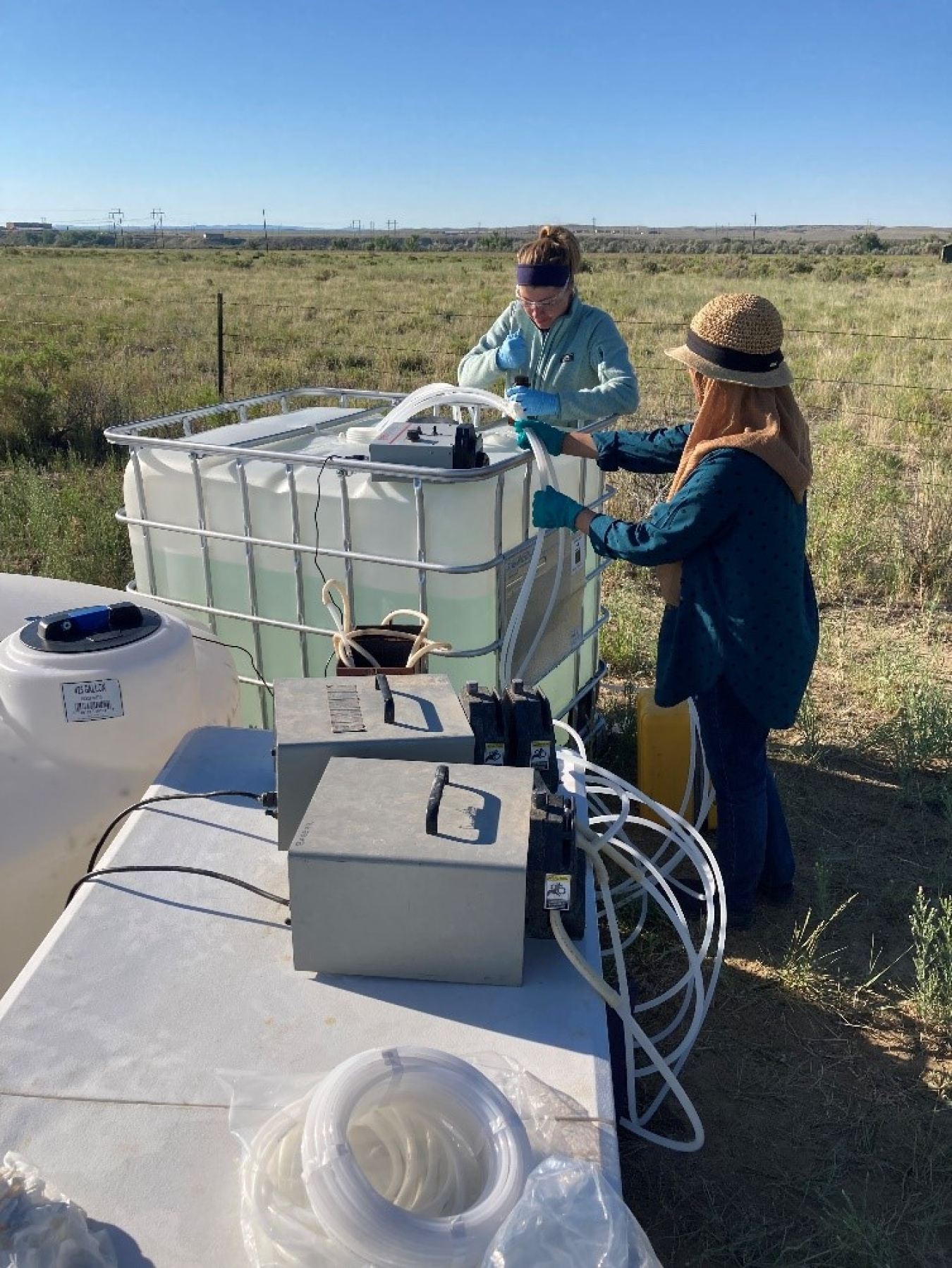 Rakiba Sultana, PhD Student, was awarded the NSF’s Non-Academic Research Internships for Graduate Students (INTERN) to conduct numerical modeling of groundwater flow and contaminant transport under the mentorship of Dr. Michael Fienen at the USGS’s Upper Midwest Water Science Center in Madison, WI. Rakiba’s modeling efforts will be aimed at simulating uranium transport from the vadose zone to groundwater during flooding events. The six-month internship provides full support for travel, tuition and fees, health insurance, and additional stipend.
Rakiba Sultana, PhD Student, was awarded the NSF’s Non-Academic Research Internships for Graduate Students (INTERN) to conduct numerical modeling of groundwater flow and contaminant transport under the mentorship of Dr. Michael Fienen at the USGS’s Upper Midwest Water Science Center in Madison, WI. Rakiba’s modeling efforts will be aimed at simulating uranium transport from the vadose zone to groundwater during flooding events. The six-month internship provides full support for travel, tuition and fees, health insurance, and additional stipend.








